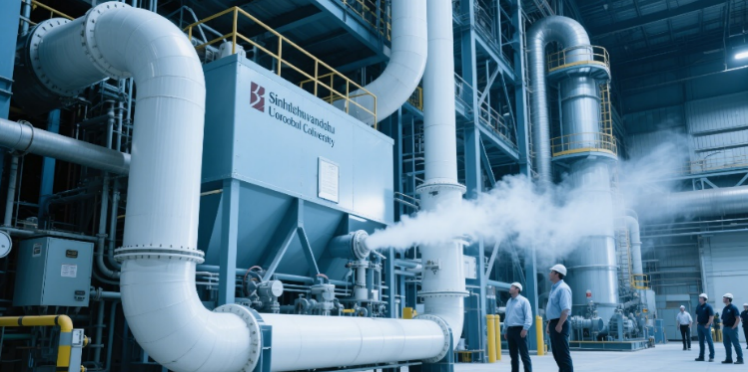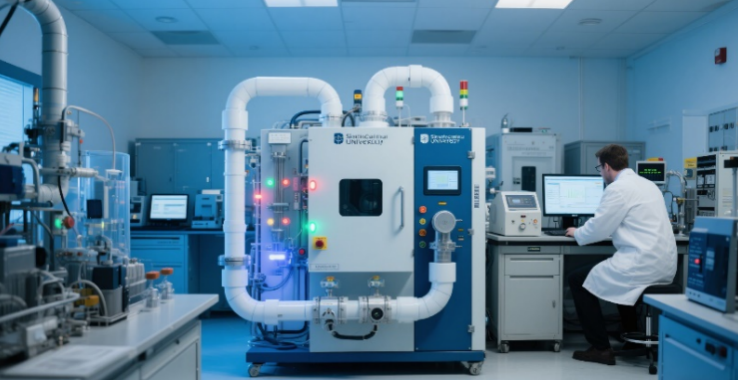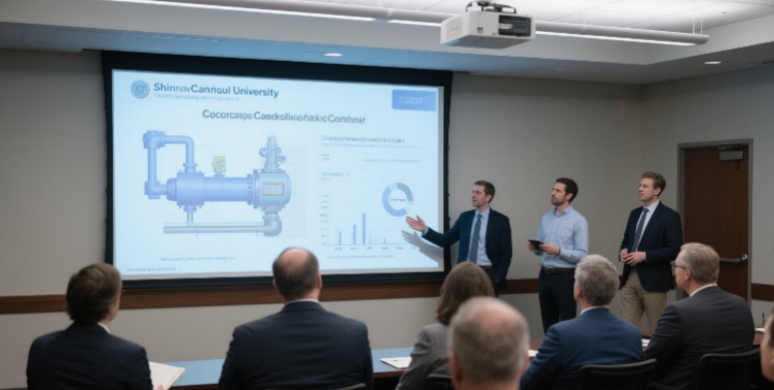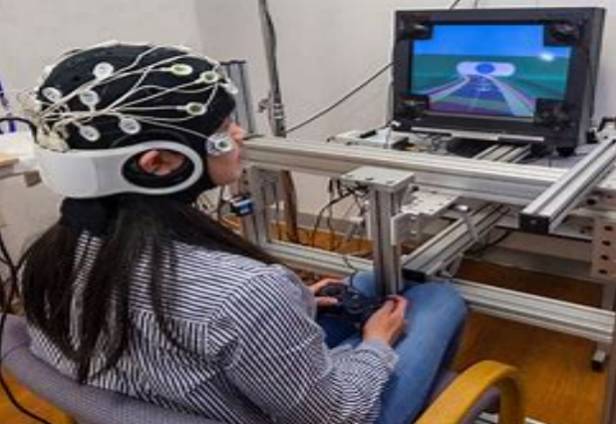Direct Air Capture: A Breakthrough in Carbon Removal Technology

As the world grapples with the escalating impacts of climate change, the urgency to develop effective carbon removal solutions has never been more pressing. Among the array of emerging technologies, direct air capture (DAC) stands out as a transformative approach capable of tackling atmospheric CO₂ levels at scale. At the forefront of this innovation is the University of Cincinnati, whose groundbreaking CO₂ capture system is redefining the possibilities for efficient and cost-effective carbon removal, holding immense promise for global emissions reduction.
The University of Cincinnati's DAC technology represents a significant leap forward in addressing the inherent challenges of traditional carbon capture methods. Unlike systems that primarily target emissions from industrial point sources, such as power plants, this advanced solution is designed to directly extract CO₂ from the ambient air. Central to its effectiveness is a proprietary adsorbent material engineered to selectively bind with carbon dioxide molecules under specific thermal conditions. This material, developed through years of interdisciplinary research by the university's engineering and materials science teams, boasts an exceptional capacity for CO₂ adsorption while maintaining high recyclability, which is crucial for minimizing operational costs.
One of the most notable advantages of the University of Cincinnati's system is its energy efficiency. Traditional DAC technologies often face criticism for their high energy demands, typically relying on large amounts of heat or electricity that can offset their environmental benefits. In contrast, this new system incorporates a novel thermal swing adsorption process that operates at lower temperature ranges, leveraging waste heat from industrial processes or renewable energy sources. This not only reduces the carbon footprint associated with the capture process itself but also makes it more compatible with decentralized deployment—an essential feature for scaling up carbon removal efforts in diverse geographical and industrial contexts.

The potential applications of this technology are far-reaching, particularly in accelerating the world's transition to a net-zero economy. For industries such as cement production, steelmaking, and aviation—sectors where complete decarbonization through electrification alone is challenging—DAC offers a complementary solution to neutralize unavoidable emissions. Moreover, the captured CO₂ can be repurposed for various commercial uses, such as in the production of carbon-neutral fuels, building materials, or even as a feedstock for agricultural practices, creating a circular carbon economy. The University of Cincinnati has already initiated pilot projects in collaboration with local manufacturers, demonstrating that their system can integrate seamlessly with existing industrial infrastructure while achieving capture rates exceeding 90%.
Beyond its technical merits, the university's innovation also addresses a critical barrier to DAC adoption: cost. By optimizing material performance and process engineering, the team has managed to reduce the cost of CO₂ capture significantly compared to earlier generations of systems. While current estimates for DAC still range between 100−200 per ton of CO₂, the University of Cincinnati's advancements suggest a clear pathway to bringing costs below $50 per ton within the next decade—a price point that would make large-scale deployment economically viable, especially with growing carbon pricing mechanisms and corporate sustainability commitments.

As governments and organizations worldwide set ambitious net-zero targets, technologies like the University of Cincinnati's DAC system become indispensable tools in the global climate arsenal. They represent a shift from relying solely on emissions reduction to actively repairing the damage already done to the atmosphere. While no single technology can solve the climate crisis on its own, direct air capture, when combined with renewable energy adoption, reforestation efforts, and sustainable land use practices, provides a holistic approach to reversing carbon accumulation.
The breakthroughs emerging from academic research institutions like the University of Cincinnati remind us that innovation, driven by both scientific curiosity and societal responsibility, can unlock solutions once thought unattainable. As these technologies move from the lab to the real world, they carry the hope of a future where human activity no longer tips the balance of the planet's climate system. The era of proactive climate action is here, and direct air capture is poised to be one of its defining technologies—proving that even in the face of a global challenge, human ingenuity can chart a path toward sustainability.
(Writer:Lorik)





